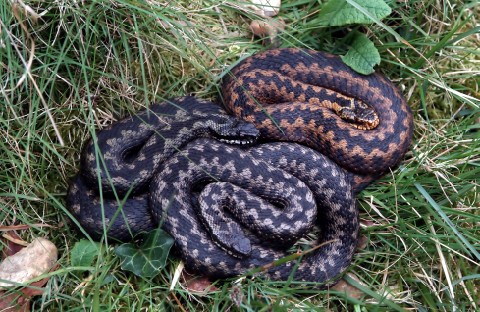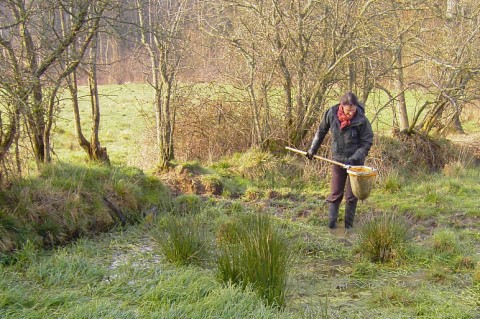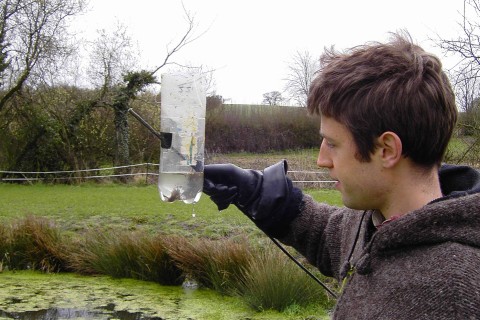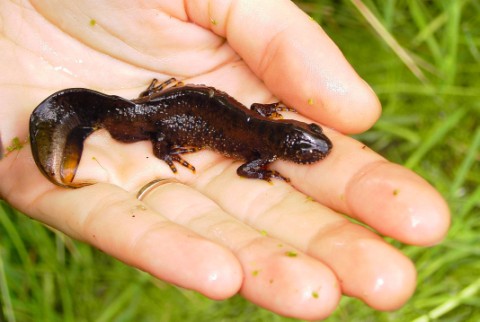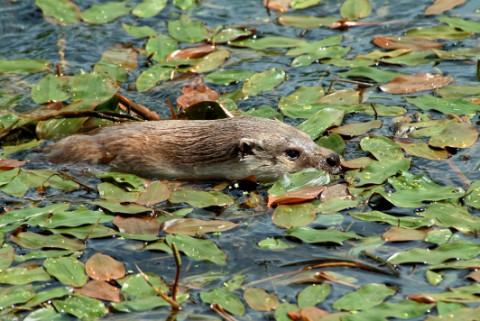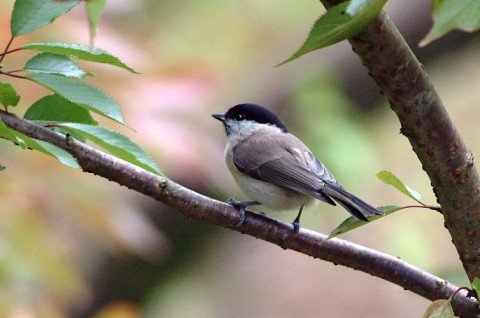Protected Species Survey
Please contact Gould Ecology to discuss your protected species survey requirements. We will be very happy to help you find the best value approach to your project – please be aware that there are specific survey seasons for most protected species, and it is important to plan and schedule in such surveys well in advance to avoid costly delays. Please scroll down to read more about commonly required surveys.
Bat survey
Gould Ecology conduct Bat Surveys throughout Pembrokeshire, Carmarthenshire and Ceredigion. Please contact us for an informal chat to discuss your project requirements.
Great crested nest survey
Great crested newts (GCN) breed within suitable ponds during the spring before moving onto land in the late summer and hibernating over the winter. They are present throughout much of the south of England and south and east Wales. As yet, they have not been found in much of West Wales.
Survey timing requirements are an important consideration when assessing great crested newts, and is important to discuss this with an ecologist well in advance to avoid costly time delays due to the narrow survey season.
GCN are usually surveyed during the Spring, whilst they are in ponds (optimally mid April to end May, but often possible from February to end June depending on location and seasonal weather). The standard survey effort to determine whether GCN are present or absent from ponds is usually 4 visits, involving a range of techniques (trapping, use of torchlight, netting and searching for eggs). The surveyor will typically visit ponds in the evening to conduct torchlight survey and set traps, and return in the morning to check traps, release newts and possibly check for eggs or net for newts.
If no Great crested newts are found in four visits, no further work is required. GCN are found, a further 2 survey visits may be required to provide an estimate of the size of the population which will form the basis for mitigation proposals and licensing.
It is also possible to establish presence or absence using eDNA testing – a cost effective method. However, this is not sufficient for licensing purposes, and further survey visits may be required.
Dormouse survey
Dormice typically occur in species rich, deciduous woodlands. However, they have been widely recorded in other habitats, including conifer woodland, reed beds, hedgerows, scrub and residential gardens.
Dormouse surveys are usually carried out using temporary ‘nest tubes’ installed into hedgerows or other habitat. These are checked for signs of nesting from April to September – a number of visits will be required throughout the season. Dormice hibernate in the winter – usually in a nest on or near to the ground, and surveys cannot be conducted during this time.
Where dormouse populations are established, wooden nest boxes are often used as a more reliable and long term method of monitoring. These are similar to bird boxes, but with the hole facing towards the tree.
Dormice also nibble hazelnuts in a distinctive manner, and a search for these nuts can be useful in areas where hazel trees occur.
Reptile survey
Four reptile species are widespread within the UK. These are: Adder, Slow worm, Common Lizard and Grass snake. A further two – the Sand Lizard and the Smooth Snake, are rare and localised (mostly in central and southern England).
Reptiles occur in a range of habitats, including residential gardens and allotments, road verges, hedgerows, woodland edge and grassland. Adders are more common on heathland, and sometimes in coniferous woodland. They require sites in which to bask, to shelter and to hibernate as well as an adequate feeding resource.
Reptile survey methodology involves laying out artificial refugia throughout the site (squares of roofing felt, corrogated metal or other material) which are attractive to reptiles for basking. Seven survey visits, plus one for laying out is generally standard. During a survey visit, the surveyor will carefully move through the site, lifting refugia and noting the presence of reptile species and noting their sex and age. Adders and lizards often bask in the open, so the surveyor must also be aware of other natural basking sites.
April, May and September are optimal months for reptile survey. Survey visits in June – August can be acceptable, but warmer weather means that reptiles are more likely to be active, and spend less time basking.
Badger survey
Sites are checked for badger setts and main trails during Phase 1 surveys. Badger setts are protected from digging under their own legislation and their presence needs to be assessed before any development work. Main trails are also important to note, as these are used habitually by badgers (and may have been in use for generations). Any blockage or disturbance to main trails is likely to be met by destructive behaviour from the badger! Often, disturbance to badger setts can be avoided, but where absolutely necessary, can be carried out under licence and with robust mitigation measures in place.
Otter survey
Otter are widespread throughout rivers in the UK, and may use other waterbodies and marshlands for foraging. A survey is likely to be required where development proposals may affect a river or riverbank. Usually, Otter surveys can be conducted at any time of year, and may be carried out during a Phase 1 site visit.
Water vole survey
Water voles occur within slow moving rivers, canals and drainage ditches and burrow into the earth in the bank. They occur only in certain areas of the UK, and are extrememly vulnerable to predation by the American Mink.
Development proposals potentially affecting rivers or river banks may require a water vole survey (in areas where water vole occur).
The survey season for water voles runs from late March to October. The surveyor will search for signs of their presence, including burrows, runs, distinctive feeding signs and latrines, as well as making a general assessment of the habitat suitability.
Bird survey
An extended Phase 1 Habitat survey will identify areas on site where birds may nest. Avoidance measures can be implemented to avoid causing disturbance during the breeding season. At some sites, further bird survey or reconnaisance may be required – particularly if there is a chance that Schedule 1 or other notable birds are present on site. A breeding birds survey is carried out from March to July. Often three visits are undertaken, but the number of visits and survey methodology will be tailored to suit the project requirements. A wintering bird survey is used when to assess the value of a site to overwintering bird populations and can be carried out from October to March.
